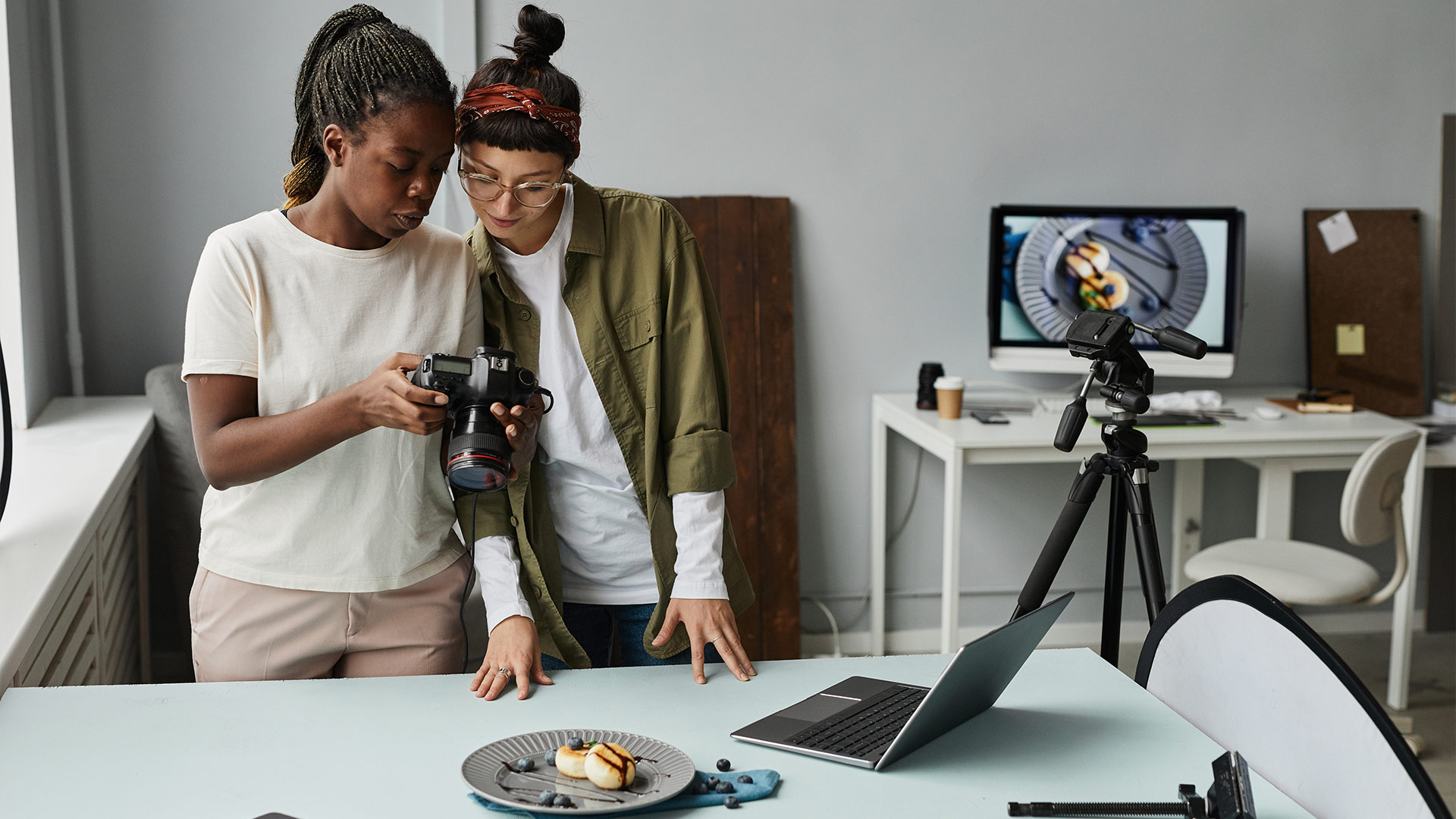How to Prepare for Monetization Before You Qualify

Monetizing on YouTube isn’t something that happens overnight. While it’s easy to dream of earning from your videos, the platform’s requirements—1,000 subscribers and 4,000 watch hours—mean that it can take a few months or even longer to qualify for the YouTube Partner Program (YPP). So, what should you be doing while you wait to hit those thresholds?
Monetizing on YouTube isn’t something that happens overnight. While it’s easy to dream of earning from your videos, the platform’s requirements—1,000 subscribers and 4,000 watch hours—mean that it can take a few months or even longer to qualify for the YouTube Partner Program (YPP). So, what should you be doing while you wait to hit those thresholds?
The answer: preparing in advance. Here’s a detailed plan for how to maximize your chances of success and get monetization-ready even before you officially qualify.
1. Build a Consistent Content Strategy
One of the biggest mistakes creators make is uploading content sporadically. Consistency is key to gaining both subscribers and watch hours. Here’s how you can set yourself up for long-term growth:
- Set a Schedule: Aim to upload regularly—whether it's weekly, bi-weekly, or monthly. Stick to this schedule so your audience knows when to expect new content.
- Focus on Evergreen Content: Evergreen content is content that remains relevant over time. Tutorials, product reviews, and informational videos tend to have longer shelf lives and generate steady views, which help you accumulate watch hours.
- Develop a Content Series: A series of related videos on a specific topic can keep viewers coming back for more. This increases both your watch time and subscriber growth.
2. Optimize Your Channel for Growth
While you’re building content, you also need to focus on optimizing your channel. YouTube’s algorithm rewards creators who make their content easy to discover, so you’ll need to optimize:
- Create a Compelling Channel Trailer: Your channel trailer is one of the first things new viewers will see. Make it engaging, showcase what your content is about, and ask viewers to subscribe.
- Fill Out Your Channel Description: Write a clear, concise description of what your channel is about. Include relevant keywords to help YouTube’s algorithm categorize your content.
- Use Playlists Wisely: Organize your videos into playlists. This helps with discoverability and keeps people watching multiple videos on your channel, increasing your watch hours.
- Custom Thumbnails: Thumbnails are one of the first things viewers notice, so make sure they stand out. Custom thumbnails, with bright colors, readable text, and relevant imagery, can increase your click-through rate.
3. Engage with Your Community
YouTube isn’t just about uploading content—it’s about building a community. The more engaged your audience is, the more likely they are to share your content, subscribe, and contribute to your growth. Here are ways to build your community while you’re waiting for monetization:
- Reply to Comments: Show your viewers that you care by responding to their comments. This builds rapport and encourages more interaction.
- Host Live Streams: Even before you qualify for Super Chats, live streaming is a great way to engage with your audience in real-time. It increases watch time, which is essential for monetization.
- Encourage Engagement: Ask questions in your videos and encourage viewers to comment. Use calls to action like “What do you think of this topic? Let me know in the comments.”
- Create a Community Tab: If you’ve hit 1,000 subscribers, you can use the Community tab to post updates, behind-the-scenes content, or even polls. It’s a great way to stay connected with your audience.
4. Focus on Building Your Subscriber Base
Getting to 1,000 subscribers is a milestone, but it’s not just about hitting a number—it’s about building a loyal and engaged subscriber base. To do this:
- Collaborate with Other Creators: Reach out to creators in your niche for collaborations. This gives you access to their audience and can boost your subscribers.
- Promote on Social Media: Share your videos across other social platforms like Instagram, Twitter, and Facebook. The more platforms you’re on, the more exposure your videos get.
- Use End Screens and Cards: Always include end screens and cards in your videos to promote other videos on your channel. This helps keep viewers engaged and encourages them to subscribe.
5. Use Analytics to Your Advantage
YouTube’s Analytics feature gives you insight into what’s working and what’s not. By analyzing this data, you can tweak your content and strategy for better results.
- Watch Time: This is one of the most important metrics for monetization. If your videos are being watched in full, that’s a good sign that YouTube will recommend your content to more people.
- Audience Demographics: Understand who your viewers are—where they’re from, how old they are, and what they like to watch. Tailoring your content to your audience helps with growth.
- Traffic Sources: Look at where your views are coming from (YouTube search, suggested videos, external websites). This helps you focus on the best traffic sources and optimize for them.
6. Create Content That Aligns with YouTube’s Monetization Policies
Before you qualify for the YPP, make sure your content adheres to YouTube’s guidelines. Avoid content that could get flagged for violations, such as:
- Sensitive Topics: While some channels thrive on discussing controversial issues, avoid topics that may be flagged as inappropriate for advertisers, such as violence, hate speech, or adult content.
- Copyrighted Material: Don’t use copyrighted content without permission. If you do use copyrighted material, make sure it falls under fair use (commentary, education, etc.) and properly credit the original creators.
- Clickbait: Misleading titles and thumbnails may lead to your videos being demonetized or flagged. Stick to honest, descriptive metadata.
7. Diversify Your Revenue Streams
While waiting to qualify for YPP, consider diversifying your revenue streams. You can start earning money before you hit the monetization threshold by:
- Affiliate Marketing: Promote products in your videos and use affiliate links in your description.
- Sponsored Content: Reach out to brands for sponsored deals or product placements.
- Merchandising: Start selling branded merchandise to your audience using platforms like Teespring or Spreadshop.
Having multiple income sources will make you less dependent on YouTube ad revenue and help you sustain growth.
8. Set Up Your AdSense Account Early
Once you meet the eligibility requirements, you’ll need to have an AdSense account linked to your channel. Setting this up ahead of time ensures that when you’re approved for YPP, you can start earning right away.
- Link Your AdSense Account: If you already have a website or blog, you can link your existing AdSense account. If not, create one and connect it to your YouTube channel.
- Ensure Payment Details Are Correct: Make sure your tax and payment information are updated to avoid delays in payouts.
Be Prepared, Stay Consistent
While waiting for YPP eligibility can be frustrating, the good news is that by preparing in advance, you can set yourself up for quicker success. Build a strong content strategy, engage with your community, and ensure your channel is optimized for growth. With consistency and the right approach, you’ll reach monetization status—and more importantly, create a sustainable income from YouTube for the long term.


